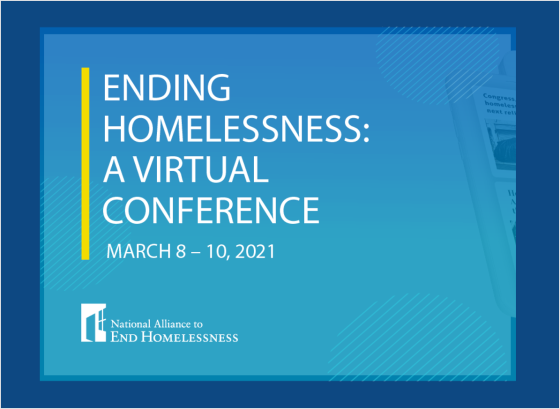Understanding the Homelessness Crisis and Making a Difference
The number of people in the U.S. affected by homelessness has increased over the past 4 years with a 2% increase from 2019 to 2020. The 2020 Annual Homeless Assessment Report (AHAR) to Congress reported that on a single night in 2020 roughly 580,000 people experienced homelessness with 61% staying in sheltered accommodation and 39% in unsheltered locations.
The year of 2020 marks some unprecedented statistics since data collection about homelessness in the United States began in 2007:
- More individuals experiencing homelessness were unsheltered than were sheltered as unsheltered individuals increased by 7% while sheltered individuals decreased modestly by 0.6%.
- The number of unsheltered people in families with children increased by 13%.
Some other important and concerning trends shown in the report released in March, 2021 are:
- On a single night around 34,000 youth under the age of 25 experienced homelessness on their own as “unaccompanied youth.” This group were more often non-white (52% of youth vs. 46% of all people), Hispanic and Latino (25% vs. 20%), female (39% vs. 29%), or identifying themselves other than as male or female (4% vs. 1%)
- Chronically homeless individuals increased by 15%, which significantly contributed to the large increase of the unsheltered population.
- African Americans and indigenous people continued to overrepresent the homeless population compared to the U.S. population. African Americans accounted for 39% of all people experiencing homelessness and 53% of family members with children, but are only 12% of the total U.S. population. Similarly, indigenous people represented 5% of the homeless population, but only account for 1% of the total population.
Lessons from the 2021 Ending Homelessness Virtual Conference
These trends are daunting. The numbers support Dr. Stover-Writght’s’ powerful statement during the National Allience to End Homelessness (NAEH) annual conference explaining what he wishes people would understand about homelessness: “how far-reaching it really is. How many aspects of our society are impacted by it. And, how much it’s a decision we make every single day to keep having homeless people in America.” The challenges of ensuring housing as basic human right for all Americans is enormous, a challenge that only increased with the COVID-19 pandemic.
The current housing shortage crisis makes housing unaffordable for more and more people everyday. Depending on the state you live in, there is a shortage of between 2.5 and 3.3 million units (Feddie Mac, 2020). Homelessness service providers in transitional housing, emergency shelters, and street outreach work tirelessly to help individuals and families finding safe and sustainable housing with few resources.
Although the additional challenges of COVID-19 created even more chaos in the housing world—like fewer shelter beds due to social distancing requirements and loss of family incomes—there are now some unprecedented opportunities through COVID-19 federal funding. The CARES Act and the American Rescue Plan have increased federal dollars for housing programs significantly this year. Nan Roman, CEO of NAEH explained that on top of the usual appropriations of 7 billion/year, the money now available between these two pieces of legislation has added another 7 billion dollars that has yet to be used.
Organizations are using the money in creative and effective ways, figuring out how to ensure their new initiatives become sustainable when this federal funding may decrease again. A large part of that is acquisition of properties to use for transitional or permanent affordable units as well as rental assistance and regular activities through Emergency Solutions Grants (ESG) programs.
The Need for a Case Management System to Navigate Crisis
The constant state of change in the homelessness services world is real and challenging. Even with the increased dollars for housing services, the lack of affordable housing units in this country remains, contributing to the huge demand across the country. The hard truth is that service providers need to prioritize those with the most immediate need when units become available. Organizations need a flexible and reliable prioritization tool to assist with their coordinated entry systems. The VI-SPDAT (Vulnerability Index – Service Prioritization Decision Assistance Tool) has become one of the most widely used tools by housing programs like CoCs (Continuum of Care), but there is a consensus that the tool can miss the most vulnerable in many instances.
Having a case management system that allows for easy changes to a screening or assessment tool helps to alleviate these hardships. It ensures reliable and accurate prioritization, increasing efficiency in service provision for those who need it most. Exponent Case Management (ECM) provides the flexibility programs need to get off the ground quickly with their prioritization tool and make changes over time as different population needs start to arise. A pre-configured VI-SPDAT is available in our HMIS template as a starting point, but creating a custom tool is also easily configured with ECM to target those most in need for housing services.



